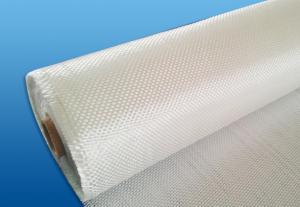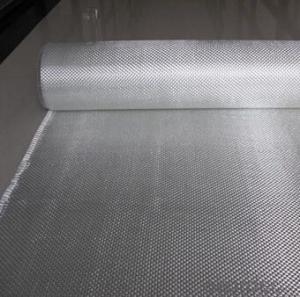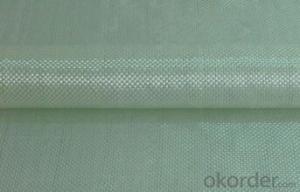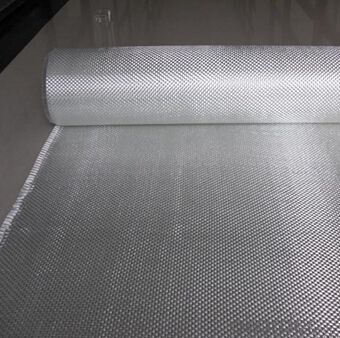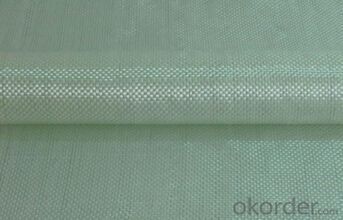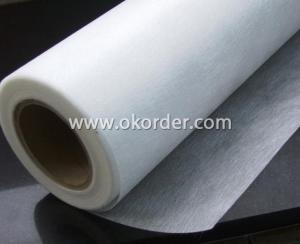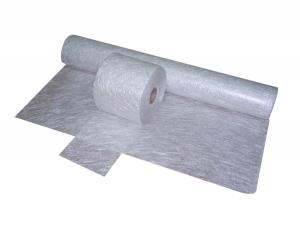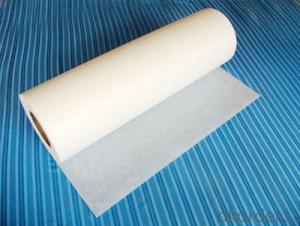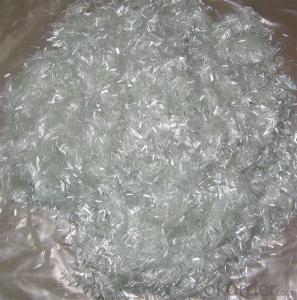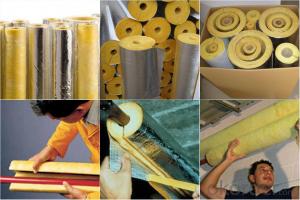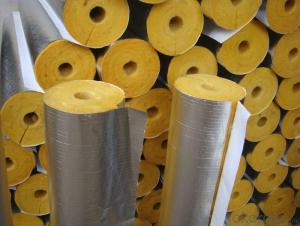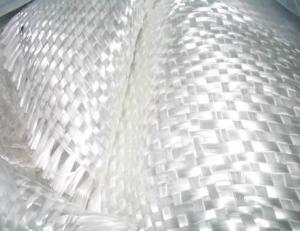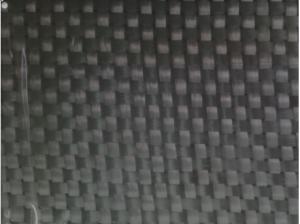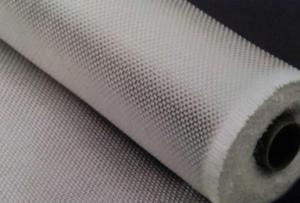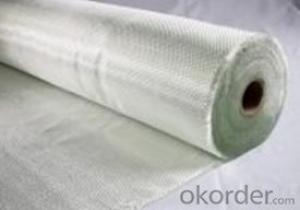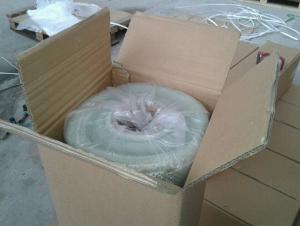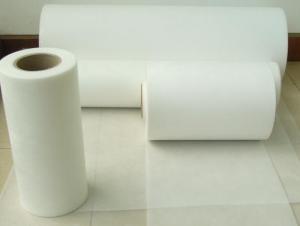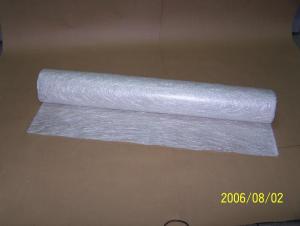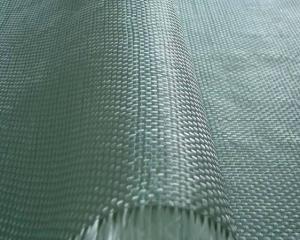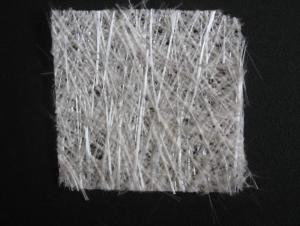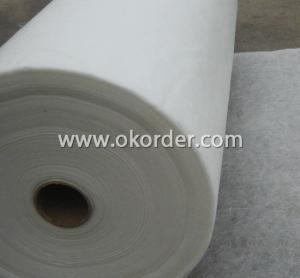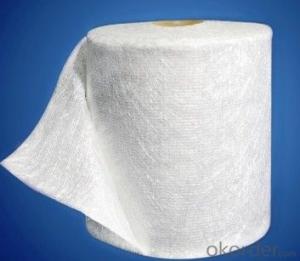Fiberglass Mat Tissue - C-Glass Woven Roving, 300g, 1m
- Loading Port:
- China Main Port
- Payment Terms:
- TT or LC
- Min Order Qty:
- -
- Supply Capability:
- 200000 kg/month
OKorder Service Pledge
OKorder Financial Service
You Might Also Like
Structure of Woven Roving
1)Low Fuzz
2)Fast Wet-out&Impregnation
3)Easy Lay-up&Air Release
4)Excellent Mechanical Strength
5)Good Wet Strength Retension
6)Good Laminate Transparency
Main Features of Woven Roving
1.CWR400
2.360-380g/m2
3.77.5px or 2250px width
4.plastic woven bag
Application of Woven Roving
Unit | Product No. | Weight(gsm) | Technique | Moisture content | combustible matter content(%) |
M | EWR260 | 264±13 | Plain | ≤0.15 | 0.40-0.80 |
M | EWR270 | 261±13.5 | Plain | ≤0.15 | 0.40-0.80 |
M | EWR360 | 354±18 | Plain | ≤0.15 | 0.40-0.80 |
M | EWR500 | 504±25 | Plain | ≤0.15 | 0.40-0.80 |
M | EWR580 | 576±29 | Plain | ≤0.15 | 0.40-0.80 |
M | EWR600 | 622±30 | Plain | ≤0.15 | 0.40-0.80 |
M | EWR800 | 850±40 | Plain | ≤0.15 | 0.40-0.80 |
M | CWR200 | 200±15 | Plain | ≤0.15 | 0.40-0.80 |
M | CWR400 | 385±30 | Plain | ≤0.15 | 0.40-0.80 |
M | CWR600 | 600±45 | Plain | ≤0.15 | 0.40-0.80 |
M | CWR800 | 810±40 | Plain | ≤0.15 | 0.40-0.80 |
Images:
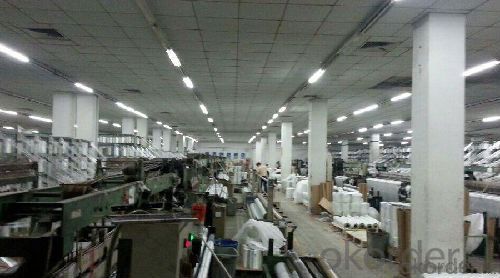
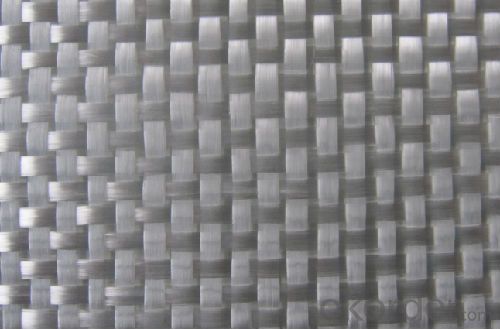
FAQ of Woven Roving
1. Why Choose us?
CNBM is a stated own company, provide the guarantee for the best quality, best service and safety business.
2. How will we guarantee the quality?
a, ISO 9001-2008 quality control system;
b, Strict and regular quality control in production;
c, Inspeciation when loading into container before shippment;
d, Sample stock for one year for quality tracing and record.
3. What is your MOQ?
Our MOQ is one pallet.
4. Can you provide sample?
Yes, samples are in stock. we can offer free sample for you.
5. Payment terms?
We can accept L/C, T/T etc.
6. Do you offer OEM service?
Yes, we can print customers’ logo on the packaging;
And the size and specification can be produced and design according to your demand.
- Q: Can fiberglass mat tissue be used for reinforcing fiberglass roofs?
- Yes, fiberglass mat tissue can be used for reinforcing fiberglass roofs. It is commonly used in the construction industry as a reinforcing material for various applications, including roofs.
- Q: Can fiberglass mat tissue be used for pipe insulation?
- Typically, pipe insulation does not involve the use of fiberglass mat tissue. Fiberglass mat tissue is a thin substance commonly utilized for reinforcement in different industries, rather than for thermal insulation or preventing heat loss in pipes. When it comes to insulating pipes, materials like foam, mineral wool, or fiberglass pipe insulation are more commonly employed. These materials are specifically designed to offer thermal insulation and safeguard pipes against heat loss, condensation, and freezing.
- Q: How is fiberglass mat tissue used in the production of sports equipment?
- The unique properties and advantages of fiberglass mat tissue make it widely used in the production of sports equipment. This material, made from fine glass fibers bonded together with a binder, is a non-woven fabric with a smooth texture. Despite being lightweight, it is strong and durable. In the manufacturing of sports equipment, fiberglass mat tissue is commonly used as a reinforcing layer. Its purpose is to enhance the strength and rigidity of the final product, making it more resistant to impact and stress. This is particularly important in sports equipment where durability and performance are crucial, such as surfboards, skateboards, snowboards, and tennis rackets. For instance, in the construction of a surfboard, fiberglass mat tissue is typically layered over a foam core and then impregnated with epoxy resin. This combination creates a structure that can withstand the forces exerted by the waves while remaining lightweight. Similarly, in snowboards and skateboards, fiberglass mat tissue is applied to the wooden core to provide additional strength and stiffness, which improves control and responsiveness. Furthermore, fiberglass mat tissue is also utilized in the production of protective gear like helmets and shin guards. By incorporating this material into the manufacturing process, these items can become more impact resistant and capable of absorbing shocks. This is particularly important in high-risk sports, as the fiberglass mat tissue acts as a protective layer, dispersing and diminishing the force of impacts. To summarize, fiberglass mat tissue is vital in the production of sports equipment as it reinforces structures, enhances strength and durability, and improves performance. Its lightweight nature and superior mechanical properties make it an ideal choice for various sporting applications, ensuring athletes can rely on their equipment to perform well while minimizing the risk of injury.
- Q: Is fiberglass mat tissue resistant to pests and insects?
- Pests and insects usually find fiberglass mat tissue to be non-resistant. Although pests do not consider fiberglass itself as a source of food, they may be attracted to the binders and resins utilized during manufacturing. Furthermore, pests can gain access through tiny cracks or openings in the fiberglass. Nevertheless, it is possible to enhance the resistance of fiberglass mat tissue against pests and insects by applying specialized chemicals or coatings. Consulting a professional or the manufacturer is advised to determine the most suitable method for achieving pest and insect resistance in fiberglass mat tissue.
- Q: Is fiberglass mat tissue resistant to compression?
- Yes, fiberglass mat tissue is resistant to compression.
- Q: Is fiberglass mat tissue suitable for insulation in educational facilities?
- Yes, fiberglass mat tissue is suitable for insulation in educational facilities. It offers excellent thermal insulation properties, is easy to install, and provides effective soundproofing. Additionally, it is fire-resistant, durable, and cost-effective, making it a practical choice for educational buildings.
- Q: Does fiberglass mat tissue provide good fire protection?
- No, fiberglass mat tissue does not provide good fire protection.
- Q: Is fiberglass mat tissue resistant to mold and mildew?
- Yes, fiberglass mat tissue is resistant to mold and mildew due to its non-porous and moisture-resistant properties.
- Q: What is the expected lifespan of fiberglass mat tissue in sports facility applications?
- The expected lifespan of fiberglass mat tissue in sports facility applications can vary depending on various factors such as the quality of the material, the level of maintenance and care, and the specific conditions in which it is used. However, generally speaking, fiberglass mat tissue has a relatively long lifespan and is known for its durability. When properly installed and maintained, fiberglass mat tissue can last for several decades. It is resistant to corrosion, rot, and degradation, making it suitable for use in sports facilities where it may be exposed to moisture, humidity, and other environmental factors. To maximize the lifespan of fiberglass mat tissue in sports facility applications, regular inspections, cleanings, and repairs may be necessary. It is also important to follow manufacturer recommendations for installation and maintenance to ensure optimal performance and longevity. It is worth noting that while fiberglass mat tissue is known for its durability, it may still experience wear and tear over time, especially in high-impact areas or in facilities with heavy usage. In such cases, periodic replacements or repairs may be required to maintain the integrity and functionality of the material. Overall, fiberglass mat tissue is a reliable and long-lasting option for sports facility applications, and with proper care and maintenance, it can provide excellent performance and durability for many years.
- Q: What are the different methods of bonding fiberglass mat tissue to other materials?
- There are several methods of bonding fiberglass mat tissue to other materials, including mechanical bonding, chemical bonding, and thermal bonding. Mechanical bonding involves using adhesives or fasteners to physically attach the fiberglass mat tissue to the other material. Chemical bonding involves using a bonding agent or adhesive that chemically reacts with both the fiberglass mat tissue and the other material, creating a strong bond. Thermal bonding involves using heat to melt the fiberglass mat tissue and fuse it with the other material, creating a cohesive bond.
Send your message to us
Fiberglass Mat Tissue - C-Glass Woven Roving, 300g, 1m
- Loading Port:
- China Main Port
- Payment Terms:
- TT or LC
- Min Order Qty:
- -
- Supply Capability:
- 200000 kg/month
OKorder Service Pledge
OKorder Financial Service
Similar products
Hot products
Hot Searches
Related keywords
